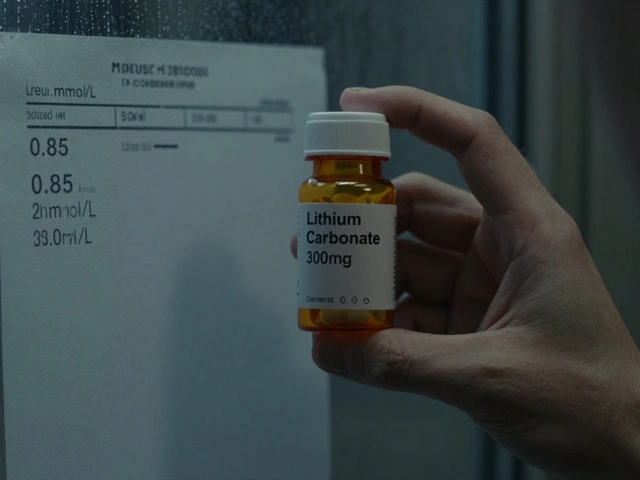How to Use Povidone Iodine Safely and Effectively
If you’ve ever needed a quick antiseptic for a cut or a small burn, chances are you’ve reached for povidone iodine. It’s cheap, works fast, and is easy to find in most drugstores. The trick isn’t just having it—it’s using it the right way so you get clean results without irritating your skin.
When and Why You Should Use Povidone Iodine
Povidone iodine shines on fresh, minor wounds that aren’t deep enough to need stitches. It also works well for prepping skin before a minor procedure like an injection or removing a splinter. If you have a larger wound, heavy bleeding, or an allergic reaction to iodine, skip it and call a professional.
Step‑by‑Step Application Guide
1. Clean the area first. Rinse the cut with clean water or saline to get rid of dirt and debris. Pat dry gently with a sterile gauze—don’t rub, you might damage new tissue.
2. Pick the right concentration. For most home uses, the 10% povidone‑iodine solution (often labeled as “Betadine”) is perfect. Stronger mixes are meant for hospitals and can burn the skin.
3. Apply a thin layer. Use a clean cotton swab or gauze pad. Dab, don’t pour; a light coating stops the iodine from soaking into healthy tissue and causing discoloration.
4. Let it air‑dry. Give it about 30 seconds to a minute. The drying process is part of how it kills germs, so resist the urge to wipe it off right away.
5. Cover if needed. If the wound will be exposed to dirt or friction, place a sterile non‑stick dressing over it. Change the dressing daily and reapply iodine each time you change it.
6. Store properly. Keep the bottle tightly sealed, away from direct sunlight, and at room temperature. Once opened, try to use it within six months for best potency.
That’s the whole routine—quick enough for a busy morning and thorough enough for peace of mind.
Common Mistakes to Avoid
Don’t over‑apply. A thick layer looks “stronger” but actually slows healing and can stain skin. Also, avoid using it on large burns or puncture wounds that need deeper medical care; the iodine can seep into tissue and cause irritation.
If you notice a rash, itching, or a metallic taste after applying, wash the area with water and stop using it—those are signs of an allergy.
Finally, remember that povidone iodine is not a substitute for professional care. If bleeding doesn’t stop, the wound looks infected (red, swollen, pus), or you have diabetes, see a doctor right away.
With these simple steps, you can keep minor cuts clean, reduce infection risk, and get back to your day faster—all without any fancy equipment.

Povidone-Iodine in Wound Care: Uses, Safety, and How to Apply It Right
Clear guide to povidone-iodine in wound care: when it helps, when to avoid, safe use, how to apply, doses, risks, and comparisons with other antiseptics.
read more




